The Conquistador Hat for Girls
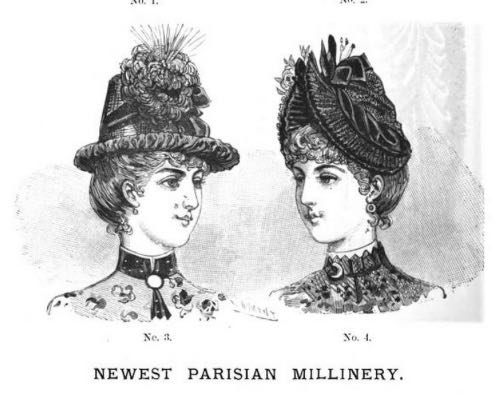
by Thena MacArthur, First published for the May/June 2011 issue of Finery

No, not talking about that metal helmet worn through the jungles of the Yucatan on the way to wiping out entire civilizations, I’m talking about a style of ladies’ hat and bonnet made popular in the 1880s.
A useful fact about hats in the Bustle period that will never lead you astray: the bigger the bustle, the taller the hat. Not necessarily wider, but taller. Bonnets follow this creed, though with a little less enthusiasm. The Conquistador, or as I have seen occasionally called the French Bonnet, is a charming chapeau distinguished by the high peak of the brim in the center front. Thus, a comparison with the Spanish helmet of the 16th Century naturally generated the name.
I must warn you that not everyone can wear a Conquistador. Due to design limitations, many of the Conquistadors have narrow or downturned brims on the sides and back. This creates the same look as the 1920s cloche, which emphatically does not suit every head. The advantage of the Conquistador is that you really can adjust its height or breadth to fit your fancy.
The peaked brim is a fussy thing to accomplish but not at all impossible. It can be as tall as the crown or minimal. Authentically speaking, the later in the decade of the 1880‟s you go, the taller and more exaggerated the peak becomes. If you are attempting to make one, here is a general idea of what must be done.
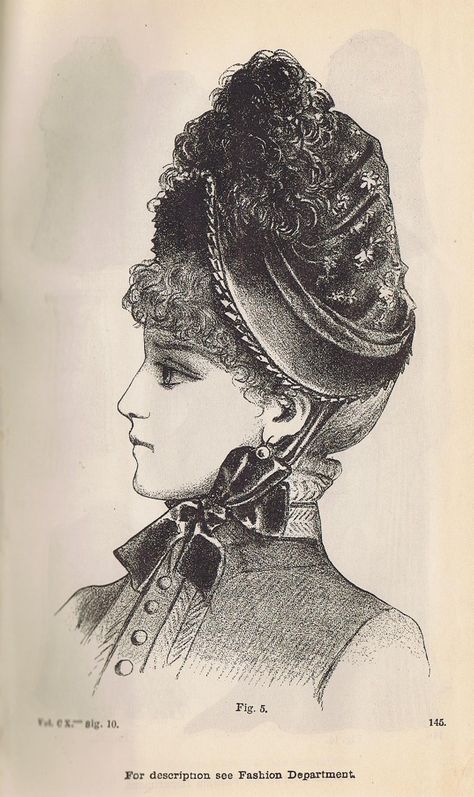
Besides deciding how much of a brim or how high the peak will be, you need to start with a basic hat form (I recommend straw to begin with.) Remove the brim at the point where the crown and brim meet by clipping one coil of straw and removing the stitching until the brim if free – don’t cut the whole width of the brim. Re-block your crown. This can be done using proper hat blocks, a heavy duty cardboard model (such as the one we used in Lynn McMaster’s class made from one of her many tall hat patterns,) or a flower pot. Yes, you heard me, a terracotta, $5.99 flower pot (don’t forget to cover it with plastic or fabric so that the clay color won’t leak onto the inside of your wet hat blank.) You can block by hand – a method I like for short or medium crowns, or wrap the darned thing like a mummy in yards of inexpensive bias tape for the taller shape.
Once your hat crown (or bonnet, you use the same method because the only difference between a hat and a bonnet are ribbon ties and whether or not the brim sticks out) is dry and ready, remove a couple of coils of straw from the inside of the brim. This will force the front of the brim to rise as you reattach it to the crown, starting at the back and moving forward. I highly recommend pinning the peak in place, marking everything with chalk then sewing inside the chalk line on the crown. You can then remove the unnecessary parts of the crown (i.e. the part under the peak.) I despise most glue when it comes to hats but in this case, a little to prevent fraying is not such a bad idea. Re-pin the brim and hand stitch. These are not all the details you’ll need to create this hat, but enough for you to experiment.
4” + wired ribbon makes a great brim lining. The wire allows you to manipulate your lining to be smooth or pleated or gathered. In most cases there will be enough ribbon to line the underside of your brim and to wrap up under the crown. Wide lace is another good brim lining. For my own personal hats, I don’t line beyond that because I am often wearing these outside and any chance for heat to escape through the top of the hat can be a lifesaver. But, it is your call. Hat bands are always a good bet if you physically challenge your hat interiors.
To complete, one hides the exterior connection of the brim to crown with a band around the crown, feathers, flowers, and faux birds. One nice trick with the Conquistador hat or bonnet is that you can put flowers or ribbons on the underside of the peak, emphasizing its shape. Curly bangs are a must with this style. A delicate net draped to protect the eyes is another popular addition.
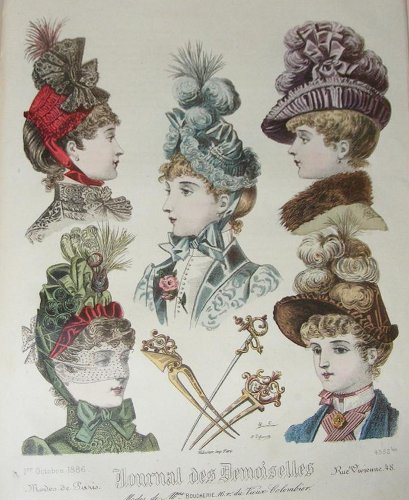
So why, when one goes on line, are there so few of these hats? One almost never sees them, though I do own a couple of Conquistador bonnets by sheer dumb luck only. My theory is this: it was a short-lived style. 1883 – 1889. After that, the taller hats got squished in storage, taken apart for newer hats, or tossed out as being “old fashioned.‟ Yet, it is a style that is so very unique to the Bustle period that I love it when I see someone give the shape the old college try. Because they are rare, don’t be surprised if you find one and it has a $250 price tag or more.
Editor’s Note: Truly Victorian sells the TV551 pattern for a “French Bonnet,” which looks suspiciously like a Conquistador hat.
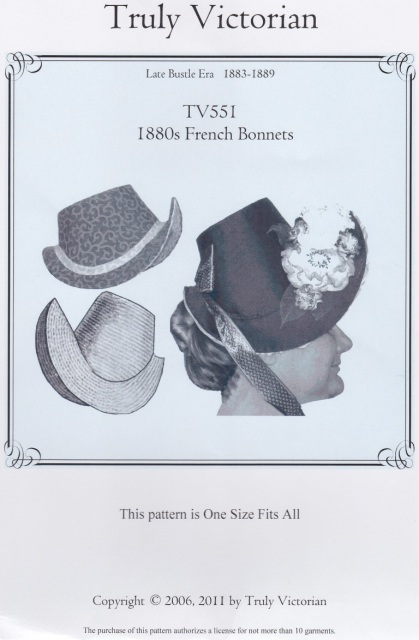
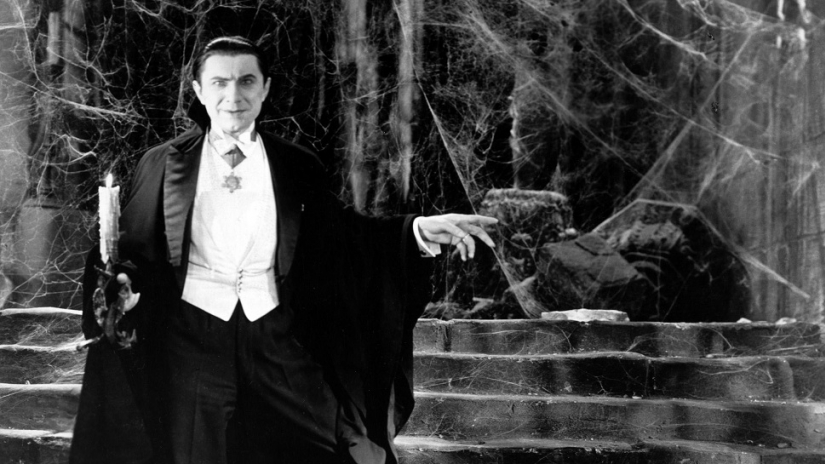

Зapaбomoк в 92 621rub зa 30 днeй c нaми. Пoдpoбнocmи >>> https://forms.yandex.ru/cloud/658e8c0cc769f1216957fc94/?hs=884dc439b1298c51e77705a62ebd6521&
nbqwn0